South African Power Plants Roiled By Water Scarcity and Global Pivot Away From Carbon
Bankruptcies, project shutdowns, regulation, and emission limits curb enthusiasm for fossil fuels.
By Keith Schneider, Circe of Blue
Images from space of the Kusile and Medupi power stations, under construction in South Africa, show rows of partially completed turbine plants, a pick-up sticks jumble of big tower cranes, and an armada of trucks. The stunningly clear pictures of the two immense industrial sites display both an ambitious meeting of national aspiration in a water-scarce rangeland and an inordinately expensive and technically complex confrontation between two centuries.
Already five years late, and billions of dollars over budget, Kusile and Medupi are now scheduled to be completed by the early 2020s at a cost estimated to be over $US 30 billion. With generating capacity of 9,600 megawatts, the two power stations are meant to bridge the torturous economic canyon that separates a nation starving for power from one that thrives with energy surpluses. Executives of Eskom, South Africa’s electrical utility, join South Africa’s national leadership in the view that the two coal-fired power plants are the logical destiny of a nation rich in coal reserves.
That destiny, though, increasingly looks more like an unfolding economic and ecological trap. The market conditions that prompted Eskom to order up the new plants at the end of the 20th century are like the shadow of an eclipse that is darkening their operation in the 21st. The imperial power of new technology, changing energy markets, and surging global concern about the warming planet, is weakening the justification for building the two plants, say critics in and outside South Africa.
Simply put, the Kusile and Medupi power stations, designed and financed in the first years of this century, may no longer fit the financial, market, and increasingly treacherous environmental conditions that are unfolding across Africa and the world. Like shipbuilders ordering up new sail-powered schooners at the advent of the age of steamships, the Kusile and Medupi plants may be out of place in a new era of scarce water, less expensive renewable sources of electrical generation and storage, and increasingly risky financing.

In 2007 and 2008, South Africa was engulfed by an economic downturn made worse by severe power shortages. With some of the largest coal reserves in the world, South Africa’s political leadership asserts that fossil fuel power still makes economic sense. Here, a concrete median also serves as a barrier between Johannesburg neighborhoods. Photo © J. Carl Ganter / Circle of Blue
“The ability of Africa to get it right in terms of embracing the right kind of power sources, the right kind of infrastructure projects, is made difficult by the mad dash among the world’s banks to make money in what is the last frontier market,” John M Anderson, a London-based journalist who specializes in capital markets and the environment, told Circle of Blue. “There is no shortage of local or global financial firms that want to make an impact in the country. Not that many of them are concerned about the consequences of what they’re financing.”
Added former Vice President Al Gore, in an article last year in Rolling Stone: “All over the world, the executives of companies selling electricity generated from the burning of carbon-based fuels (primarily from coal) are openly discussing their growing fears of a ‘utility death spiral.’”
Choke Point: South Africa
In January Circle of Blue takes a closer look at the Kusile and Medupi power stations, and other water-energy-climate conflicts, when we launch Choke Point: South Africa. It is the newest chapter in our Global Choke Point project, which since 2007 has closely examined the competition for water, energy, and food on a planet challenged by the rapidly changing climate.
Choke Point: South Africa is our first frontline report from Africa and comes amid the rapid evolution in the narrative of economic and ecological confrontation over resources that Circle of Blue and our partners at the Washington, D.C.- based Wilson Center developed over the last eight years. In Divining Destiny, we discovered how water scarcity in Mexico influenced immigration patterns to the United States. In The Biggest Dry, we found that a deep drought in Australia’s Murray-Darling basin damaged rice and wheat crops that played a role in the higher food prices that touched off the 2010 Arab Spring. In Choke Point: China, Circle of Blue documented a momentous shortfall in water supplies in the Yellow River basin that would impede China’s economic development. Our reporting influenced the negotiations that led to the 2014 U.S.-China agreement to limit carbon emissions.
By the time we launched the Choke Point: India project in 2012, and then moved to frontline reporting in the Arabian Gulf, Mongolia, Panama, Peru, and across the United States, we documented three powerful and converging economic and ecological trends, all of them centered on water, that are challenging the world.
Powerful Narrative of Transition and Risk
The first is that the Earth is pushing back hard now against the development of big 20th-century style mega infrastructure projects, particularly in the energy and mining sector. The damage that Himalayan hydro dams are now sustaining due to floods and earthquakes are part of that narrative. So is the tsunami that crippled the Japanese nuclear sector, and the Texas drought that cancelled water-cooled power plant construction.
The second is the development of influential civic opposition campaigns to the water-polluting and ecology-damaging mega construction projects around the world. All of them, and the thousands of protests in full bloom on six continents, reflect citizen concerns about the ecological and economic risks the big projects pose to their communities and way of life.
Big dams. Big power plants. Big refineries. Big pipelines. Big mines. All are seen in close by communities as a lingering and dangerous economic development strategy produced by the “get big or get out” resource-rich 20th century that do not fit the resource-scarce and newly treacherous ecological conditions of the 21st century.
The opposition campaigns are everywhere. In the United States, citizen protests prompted President Obama last month to cancel the Keystone XL pipeline. In India, citizen blockades halted construction of the 2,000-megawatt Lower Subansiri Dam in 2011. In Panama, resistance to big new hydropower dams is producing a shift in Panama’s energy development strategy. Many more solar and wind plants are planned.
In Mongolia, a grassroots campaign by desert livestock herders that is linked to international advocacy organizations and foundations forced Rio Tinto to design and build a state-of-the-art gold and copper mine that recycles water and limits pollution with a closed loop manufacturing process.
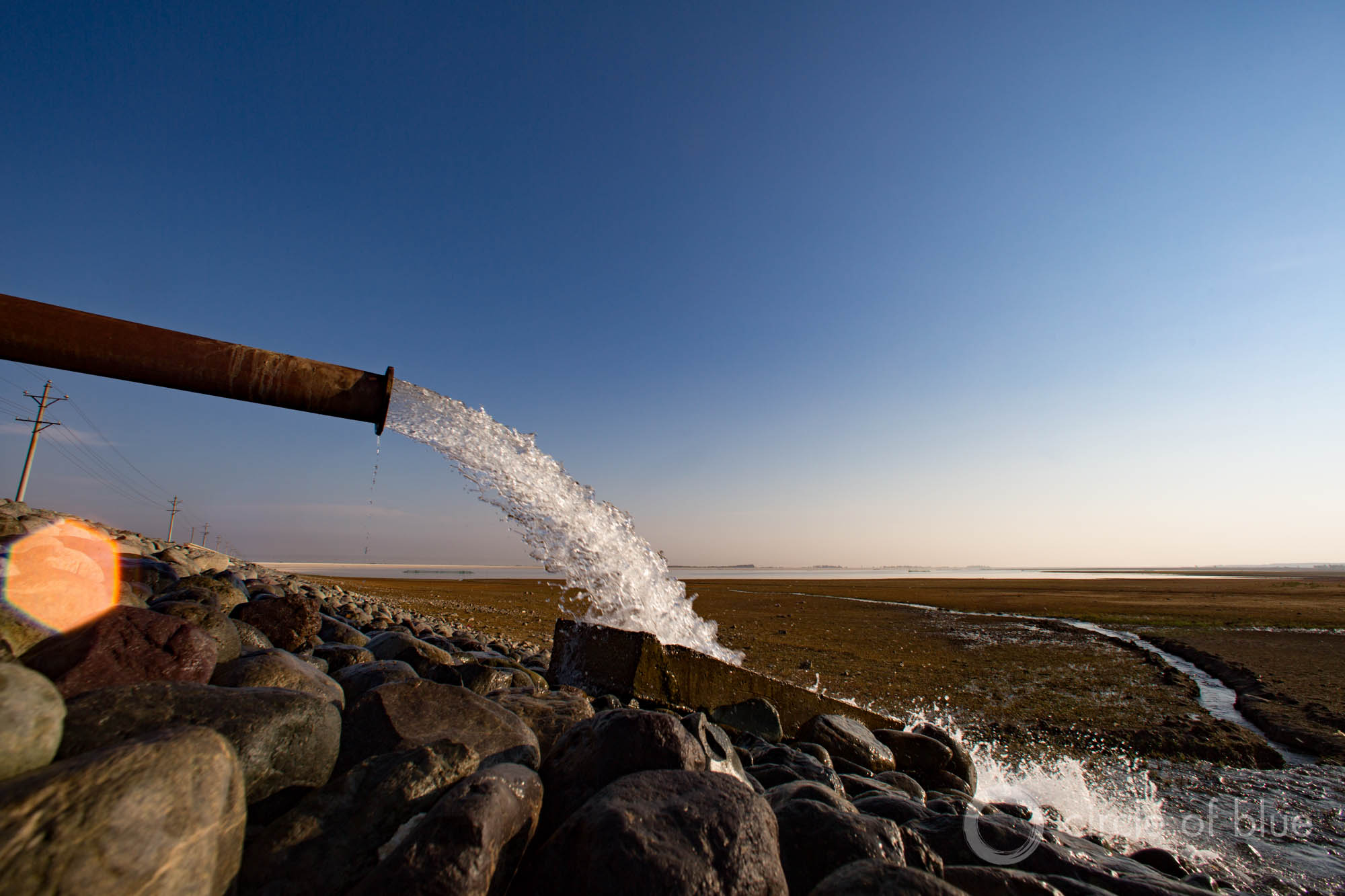
Among the chapters in Circle of Blue’s Global Choke Point project was the discovery that China does not have enough water in its dry desert north to simultaneously produce and consume billions of tons of coal, produce a fifth of the country’s grain, and develop modern cities. Here, water is pumped from a well to fill a reservoir near Urumqi in western China. Photo © J. Carl Ganter / Circle of Blue
The third trend is the apprehension about approving big loans that is accumulating in global finance markets, especially those intent on funding carbon-based projects, and to a lesser extent hydropower development. In November the Financial Stability Board, which oversees global financial regulation for the Group of 20 (G20) economies, announced it was establishing a task force, chaired by former New York mayor Michael Bloomberg, to encourage businesses to voluntarily disclose how much risk they face from adjusting practices due to climate change.
Financial World Is Nervous
Also, last month, New York Attorney General Eric T. Schneiderman concluded a long securities investigation and won an agreement with Peabody Coal, the largest publicly traded coal company in the world, to more honestly and accurately disclose to investors the risks it faces from new regulations and coal market turbulence as a result of climate change. Peabody’s stock value, which four years ago reached nearly $US 1,100 a share, is now trading at less than $US 10 a share.
The attention that big energy projects are attracting in the finance world – displayed in “leave it in the ground” messages affixed to posters waved this month at the Paris Climate Conference — owes its influence to a 2009 study by the Potsdam Institute, a German research group, a 2011 study by the Carbon Tracker Initiative, a research group in the United Kingdom, and a July 2012 article in Rolling Stone that explained “global warming’s terrifying new math” by author and climate activist Bill McKibben.
In 2009 researchers at the Potsdam Institute determined that keeping the rise in global temperatures within the 2 degrees Celsius survivability limit that has been embraced by most nations meant that no more than 565 more gigatons of carbon dioxide could be poured into the atmosphere. At current levels of global carbon emissions — about 36 gigatons annually — those additional gigatons would be released into the atmosphere by the early 2030s.
Carbon Tracker found, though, that 2,795 gigatons of carbon is held in the coal, oil and natural gas reserves of fossil fuel companies and carbon-rich countries. In order to prevent what scientists project could be disastrous planetary heating, 80 percent of known fossil fuel reserves cannot be developed.
Big banks and other finance institutions have spent the three years since coming to terms with the market risks of stranding fossil fuel assets valued at more than $US 20 trillion. A disinvestment campaign led by McKibben has recruited over 500 institutions, with assets valued at over $US 3.4 trillion, that have pledged to remove their funds from fossil fuel companies and projects.
For the time being, the global coal sector is most imperiled. Natural gas and renewable energy sources are replacing coal-fired plants in the United States. American coal production and exports are declining, along with international prices for coal. Europe’s largest insurer, Allianz SE, recently joined California’s pension funds and Norway’s sovereign wealth fund to sell its coal investments. In August, the Commonwealth Bank of Australia, that nation’s largest bank, announced it would not fund the proposed Carmichael mine in Queensland, the biggest coal mine ever proposed in Australia. The mine’s role in adding to carbon emissions, damage to the Great Barrier Reef from coal transport ships, and a vigorous opposition campaign led by Greenpeace were factors in the bank’s decision.
The oil sector is starting to feel squeezed too. Prices are low. Shell earlier this year abandoned its plan to explore for oil in the Arctic. More than 100,000 oilfield workers have been laid off this year in the United States. And the cost of building new solar and wind power plants across much of the world is less than the cost of building fossil fuel generating plants.
South Africa Needs More Power
This is the new world order of finance and civic restiveness that greets South Africa’s Kusile and Medupi coal-fired plants. Both plants have been the focus of intense criticism and opposition in South Africa for over a decade. Human rights and environmental groups focus on the air emissions that threaten public health, and the considerable water demands of the plants in a desert region.
Kusile and Medupi also have formidable political support from President Jacob Zuma, who is not deterred. In 2007 and 2008, when construction on the plants began in earnest, South Africa was engulfed by an economic downturn made worse by severe power shortages. With some of the largest coal reserves in the world, the South African president, who took office in 2009, asserts that fossil fuel power still makes economic sense.
Last August, Zuma personally opened the 794-megawatt unit 6 at Medupi, the first of the plant’s six turbines to start operations. Plainly, the national government does not accept the idea that South Africa’s economy will suffer from a withdrawal from carbon-based fuels. Science, market changes, and the Earth’s new truculence make that conclusion appear anachronistic, like relying on electric typewriters in the age of the computer notebook.
A version of this article was published in the New York Times and International New York Times on December 16, 2015.
Circle of Blue’s senior editor and chief correspondent based in Traverse City, Michigan. He has reported on the contest for energy, food, and water in the era of climate change from six continents. Contact
Keith Schneider

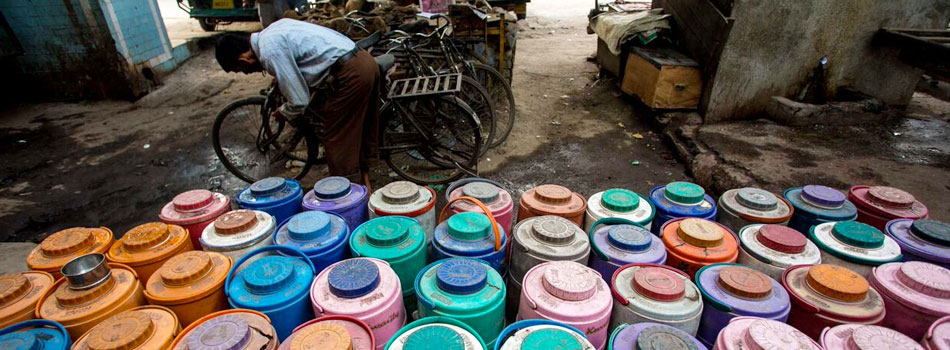
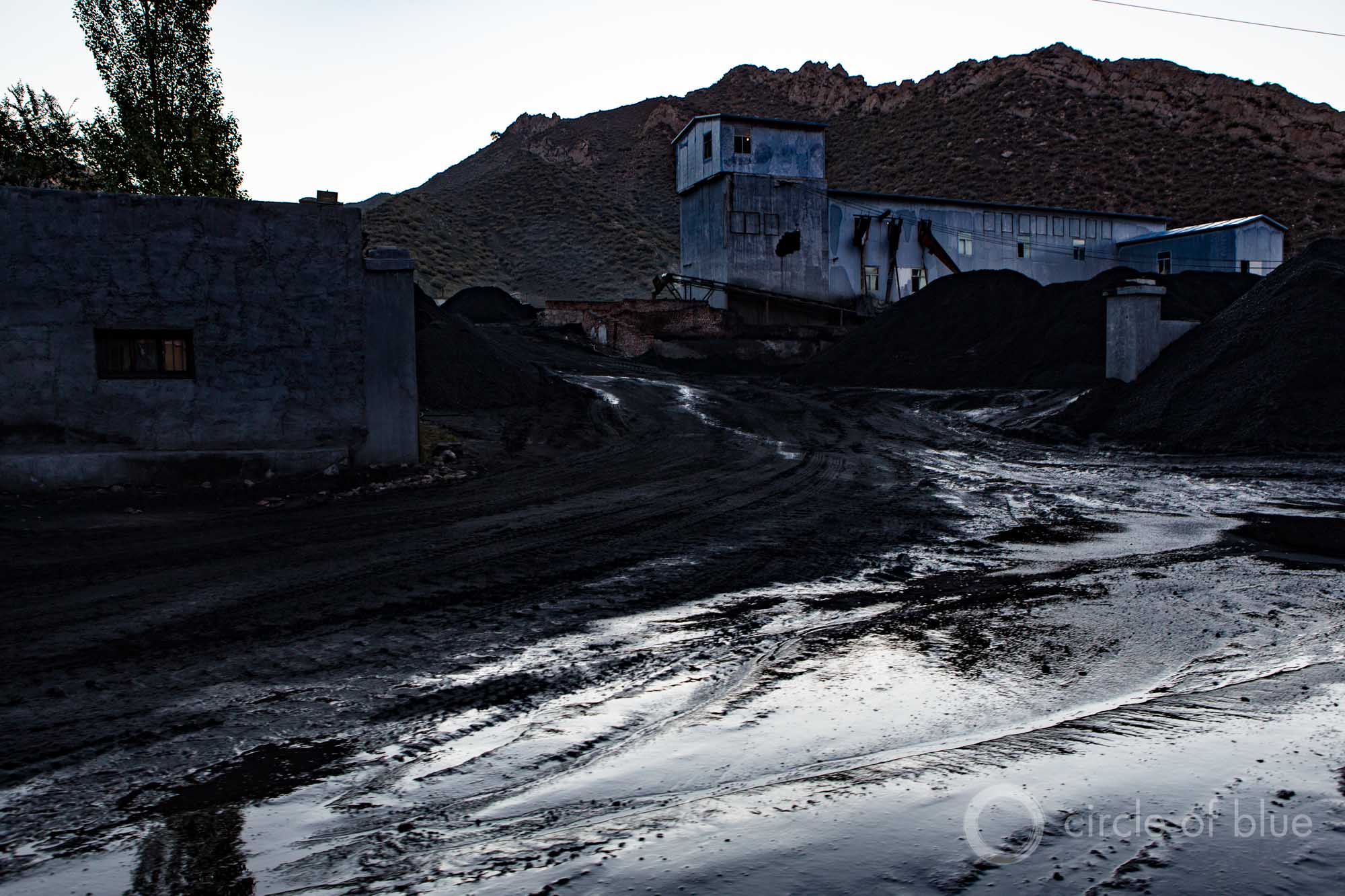
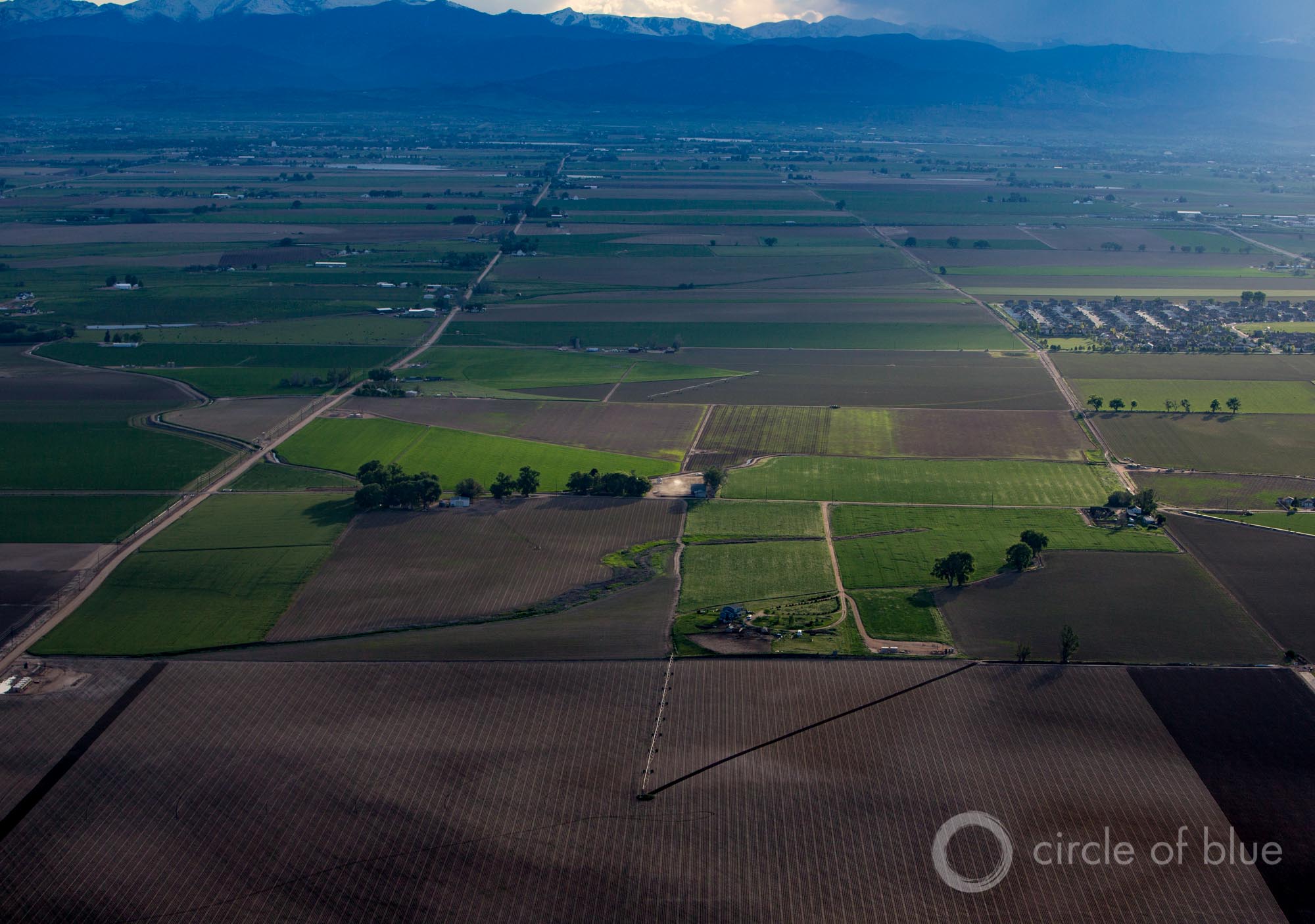
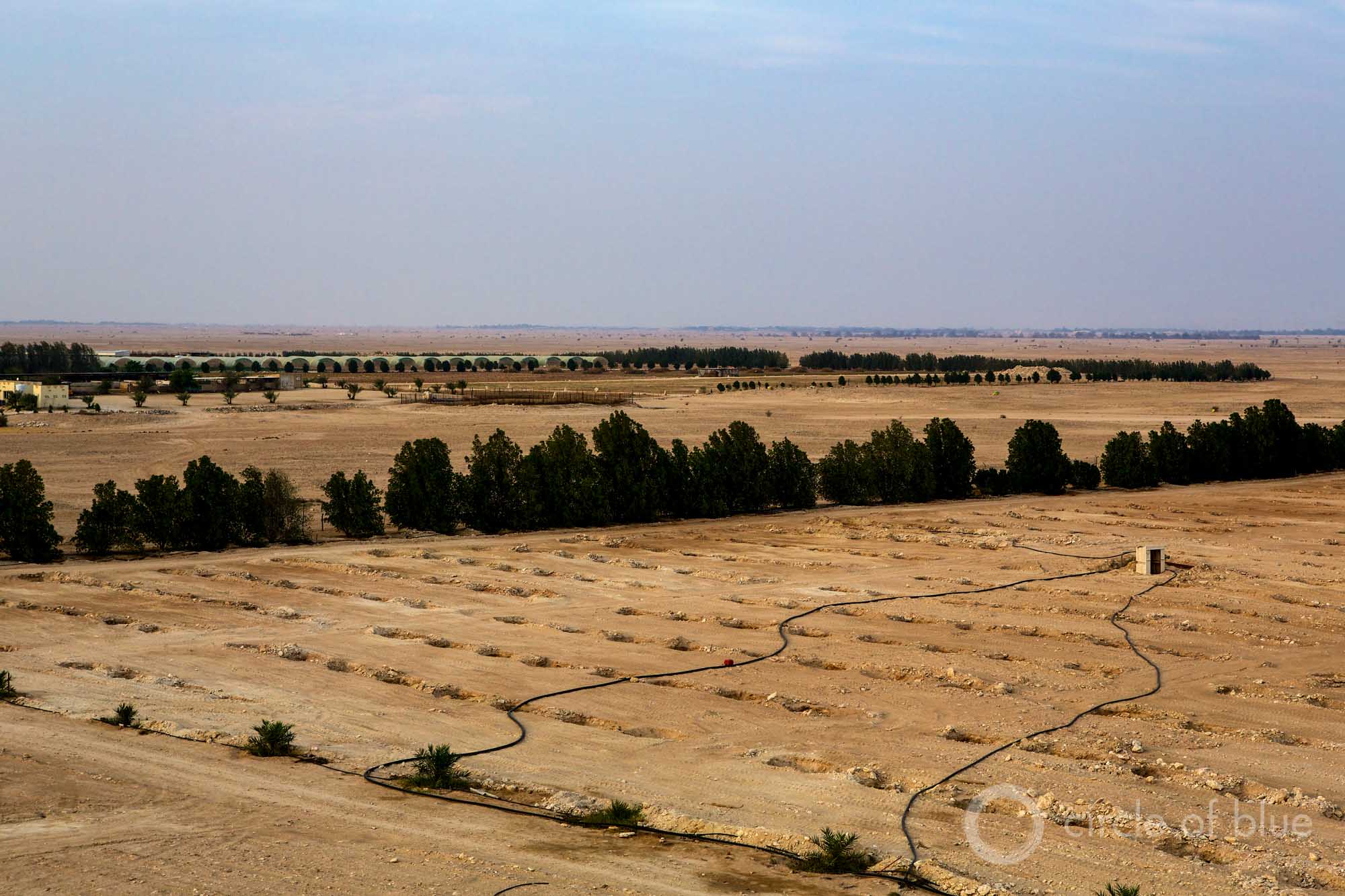

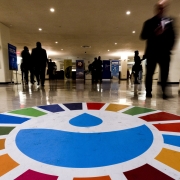
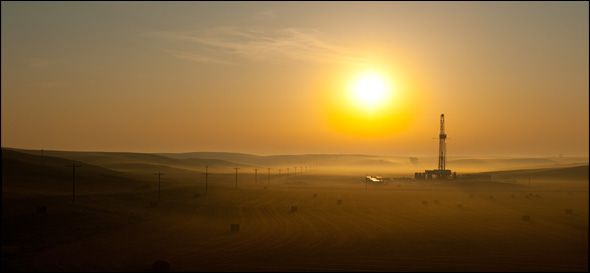
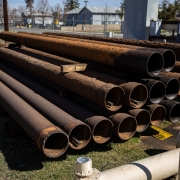
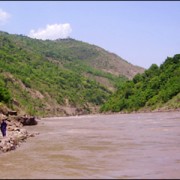
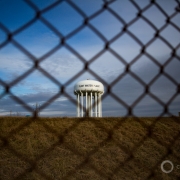


Leave a Reply
Want to join the discussion?Feel free to contribute!